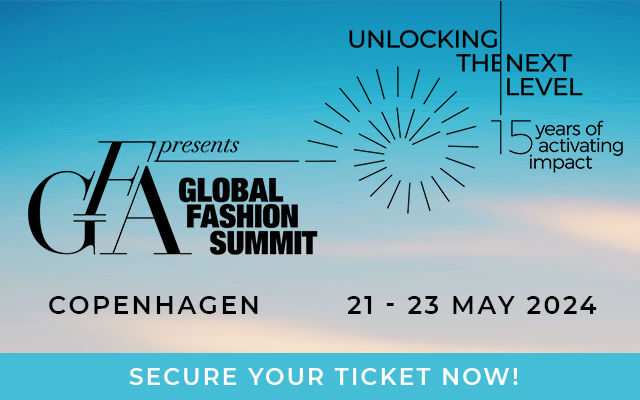Internationalretailing giants offering clothes and accessories are flocking to the Chinesemainland to tap the huge potential of so-called "fast fashion". Thephrase is taken to mean clothing collections which are designed andmanufactured quickly, are affordable and are aimed at mainstream consumers;it's otherwise known as "throw away" fashion. Gap, one of the biggestgarment retailers in the US, announced at the end of June of its decision toventure into the Mainland market by opening flagship stores in Beijing and Shanghai before the end of 2010. It also disclosed plans to provide Chinese consumers withonline shopping services.
Whileoverseas garment retailers are gearing up to China's "fast fashion"market, local manufacturers are also poised to join the race.
Vancl,established by the founder of online retailer Joyo.com, launched two rounds oflight box advertising offensives on the metro and public transport systems in Beijing and Shanghai during May and June respectively.
Theoutdoor advertising debut of famous Mainland writer Han Han and teenage idolWang Luodan, as Vancl's ambassadors, drew plenty of media and cyber attention.
Marketing success
Thecrucial factors contributing to the success of "fast fashion" arenovelty, trendiness, uniqueness and low price. The approach mainly targetsyoung people. As Mainland consumers have only just learned about "fastfashion", first movers like Zara, H&M, Uniqlo and C&A were able tocapture a sizeable share of the market early on.
"Fastfashion" brands rely on several factors to establish their foothold on theMainland. For a start, they have a short product life cycle, from productdevelopment to marketing. They closely follow fashion trends (rather thansetting new trends), produce designs of the season (not ahead of time), and payattention to the span of consumption.
Thesecond factor is "speed". Speed is the core value of "fast fashion".The entire process from planning, design, display, placing orders, productionand delivery normally takes between 120 and 160 days. H&M and Zara can havetheir products on the shelves within two weeks of holding their quarterlyshows.
Anaffordable price is what attracts young people to "fast fashion". Theprices of H&M clothing range from Rmb99 to Rmb299. Zara's prices areslightly higher. At Uniqlo, T-shirts sell at only Rmb59 and jeans at Rmb99.There are also bargain items selling at about Rmb39 each. Where it comes tofashion design, H&M usually co-opts famous designers to boost its brandimage. Zara's positioning is slightly higher. It basically toes the line as alow-end, big brand by imitating the designs of top luxury brands. Uniqloproduces mainly essential items, with a focus on practicality. These brands areselling products at low prices but with top rated store images. Their high-endshopping environments and designs help consumers shake off the "cheapgoods are inferior" catechism. These brands attract not only students butalso a growing middle class following. For example, Uniqlo is a nationalclothing brand in Japan but its "low price strategy" doesn't work onthe Chinese mainland. It had to close two of its nine stores in 2005.
The
slow growth of traditional marketing channels was what prompted Uniqlo to
choose the online platform to make its breakthrough. In April 2009, the store
chain joined hands with Taobao.com to open its online flagship. It became the
best performing store on Taobao.com within 10 days of opening. The Uniqlo
online flagship store posted an average of one transaction per second in its
early days, with total transactions and visitor numbers equivalent to the total
of all the chain's physical stores. So Uniqlo's nine-year presence in the China market turned out to be a breakthrough into digital sales. E-commerce is also
beginning to grow in popularity.Vancl, for instance, launched a massive online
advertising campaign and achieved massive success. Its sales volumes increased
by 300 times over three years. The business-to-consumer (B2C) mode of business
helped establish Vancl as a household name in online sales. Now Vancl receives
over 30,000 orders and sells some 100,000 units daily, with average daily
turnover exceeding Rmb 6 million. Its men's wear, ladies' wear and shoes are
all selling well. Daily transactions of some hot selling items even exceeded
100,000 units on peak days.
Originally published in: The Stitch Times, September-2010












Comments